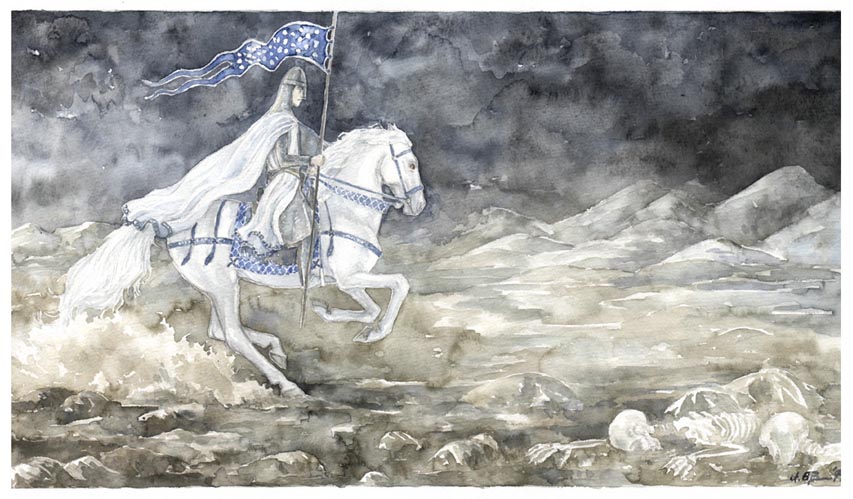
The designer must specify all the rules and parameters exactly. It cannot choose to occasionally ignore a rule here and there, scrap a nonsensical result, or suddenly create an entirely novel type of item. On the other hand, the computer does not have the benefit of using common sense or imagination. Now, the greater challenge lies in designing the rules in such a way as to generate results that are interesting, varied, and balanced, even after countless repetitions. When computers began to be used for generating dungeons, they had no such limitations: a computer can make thousands of simulated die rolls a second. May choose to instead place items using their own judgment.) (Of course, a game master is not beholden to these guidelines, and It's quite an involved process, and has not grown particularly more complex in later games - at least as long as a human brain and a pencil are used to do the generating. That's the worst case scenario, of course - but, on top of those rolls, some items have further details to be determined: if the scroll is a spell scroll, then the spells written on it will need to be determined, and so on. So this all adds up to the dungeon master making up to 15 rolls generate the treasure in a giants' lair. Treasure Type E, used for giants, elves, and some of the more dangerous undead. If so, the DM then proceeds to roll on the magic item lists: once on the Scrolls table to determine the type of the scroll, and three rolls for the other items of randomly determined categories (swords, potions, wands, etc.). This means that the dungeon master rolls a d100, and on a result of 1-30, magic items are present. For Type E, the entry for this last category reads: The table lists chances for several categories of treasure, each of which is rolled separately: separate chances for each type of coin, gems, and, finally, "Maps or Magic".
UMORIA VS ANGBAND PLUS
This indicates a giant lair will contain at least five thousand gold coins worth of treasure, plus potentially other things determined by a series of dice rolls on row E of the treasure types table. In the original D&D game's second booklet, Monsters & Treasure, each monster is given a treasure type, for example: Giant, 5,000 GP + Type E. There's nothing unique about this in itself, of course - the same could be said for Rogue (1980) and, in fact, pen-and-paper roleplaying games starting with the very first publication of Dungeons & Dragons (1974).įrom the very beginning, the methods of generating loot were quite complex. In the procedurally generated halls of Morgoth's fortress, the player can chance upon a variety of items on the floor or dropped by slain enemies.
UMORIA VS ANGBAND FREE
(It got away with this by being free and open-source don't Like its predecessor Moria (1983), Angband is an unoffical Tolkien fangame, pitting the player against Sauron and

Might this choice be inspired by Bilbo's glowing sword, Sting? However, artifacts are set apart by their names that glow in lightīlue. But what is less often discussed is how the concept's introduction into the mainstream of commercial games came largely through the vision of a single passionate Angband fan.Īngband's items aren't entirely colour-coded by their rarity, just by category. We tend to talk a lot about the principles that make these systems compelling and even addictive. Today, these "loot lotteries" go far beyond just RPGs: the same blue "rares" and purple "epics" can be seen in the mainstream from mobile games to Fortnite, Destiny, and Counter-Strike: Global Offensive. But did you know that the randomized equipment or "loot" so common in video games today was originally an innovation of Angband?
UMORIA VS ANGBAND PC
Very few people play Angband today, and most PC gamers have likely never heard of it - even when they've likely heard of NetHack and Dwarf Fortress. Angband is a 1990 computer game in the subgenre of turn-based permadeath dungeon-crawling RPGs, also known as roguelikes.


 0 kommentar(er)
0 kommentar(er)
